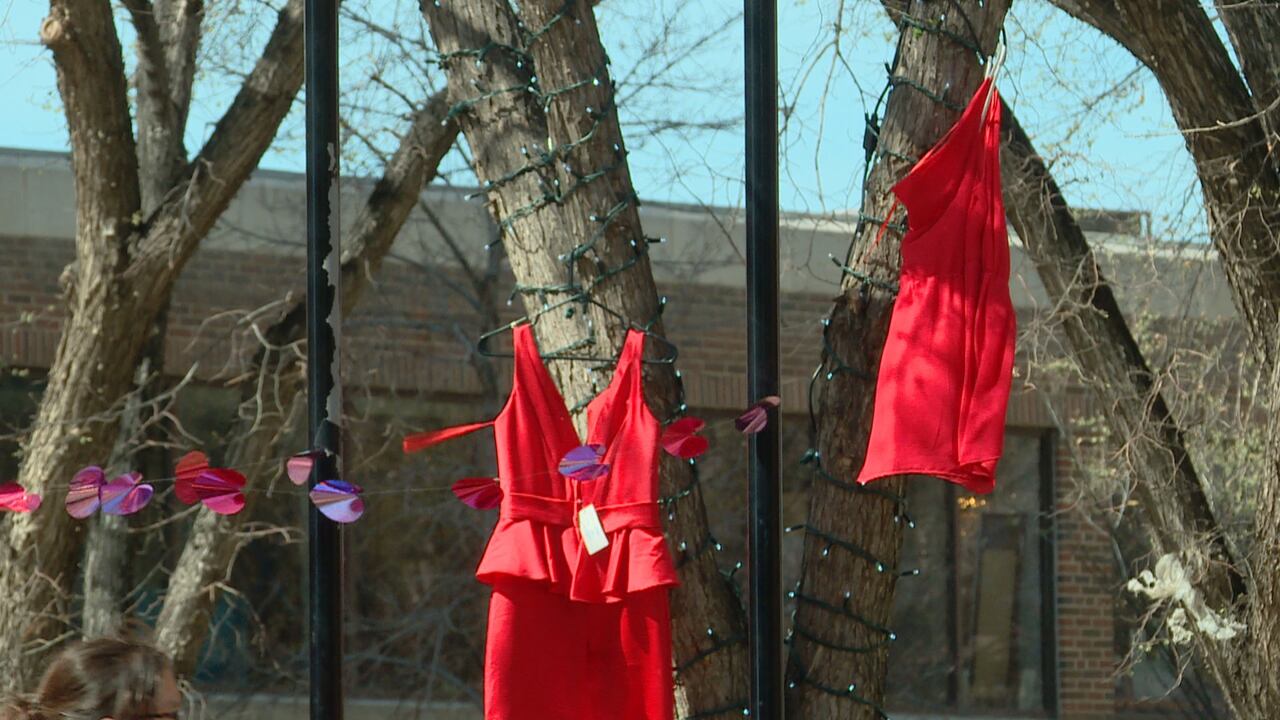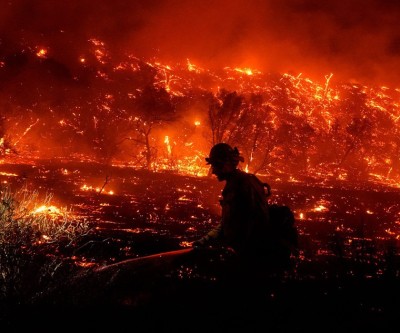Latest News
- Niagara police officer shot in Welland; 'Stay at home' order remains in effect
- Trump halts green card lottery, controversial decision after deadly shooting in Massachusetts
- Canada Life denies amputation coverage to RCMP officer injured in line of duty; activists say he's not alone
- Ontario's provincial plan for 2025 is fully completed.
- Rare adoption of a polar bear cub near Churchill confirmed by scientists
Latest Ads
-
Jasmine Jewel
Call
-
Omidan group
Call
-
Amir Madanpour
Call
-
Dimo studio
Call
-
Yorkacademy
Call
-
Maryambagheri
Call
-
Shishlix Restaurant
Call

Red dress fashion show in Kamloops honours day of awareness for missing and murdered Indigenous women
The 5th of May is National Missing and Murdered Indigenous Women and Girls Awareness Day. In this regard, this weekend in British Columbia, the two-day "Revolution Red Dress" festival will be held with a fashion show of red dresses.
"The stories conveyed through these particular costumes are deeply moving," says Kim Coltman, the organizer of the festival. The 63-year-old former model adds that the eight designers participating in the festival have specially designed dresses to commemorate Red Dress Day.
"For most of them, it's also affected them personally," Coltman says.
Red Dress Day was inspired by an art project by hybrid artist Jamie Black. She hung red dresses in public spaces across Canada and the United States as a reminder of the number of missing or murdered Indigenous women.
The movement has spread and local communities are also participating by holding marches, events and educational gatherings on this day.
Coltman's mother was a boarding school survivor from the Cree "Red Pheasant" Indian Nation in Saskatchewan. Coltman also considers himself a survivor. His childhood was ruined by the influence of guardianship as well as being kidnapped and attacked as a teenager. She says she understands the world in which indigenous women live.
Fashion was what gave Coltman strength. In 1972, he signed a contract with a modeling agency and later established his own agency.
However, the issue of violence against indigenous women and girls remained in his heart. He says that he was inspired by the red dress movement and founded the "International Loud Fashion" organization in 2015. The organization has so far held fashion shows in Canada, Australia and France that highlight Indigenous designers, models and artists. Each show also draws attention to missing women by presenting stories and photographs.
Coltman says it's empowering to see Indigenous models walking the stage with their heads held high. He says this will break the patterns imposed on about 150,000 indigenous children who were forced to attend boarding schools.
"Boarding schools taught them not to be seen, not to be heard, and to look at their feet when they walked. "We have to make our people less invisible."
Aboriginal women and girls in Canada continue to be significantly victims of violence. According to Statistics Canada's report last year, between 2009 and 2021, the homicide rate among Indigenous women and girls was six times that of their non-Indigenous counterparts.
On Friday, Canada and Manitoba announced a partnership in a "Red Dress" alert system to notify the public when an Indigenous woman or girl is reported missing. This pilot project is expected to help create a national warning system eventually.
Darlene Okmisimsikot has been on the front lines of fighting violence against Indigenous women in Saskatchewan for nearly two decades. As the co-chairman of Iskoyuk e-Vichyvitochik (Women Walk Together), she has supported many families of missing women.
Red is a color that ancestors can see, so seeing red clothes in public spaces across the country is powerful, Okemisimsikot says.
He further adds that beyond the clothes, one should pay attention to the women who these clothes symbolize.
"We do this because of the missing people and they should not be forgotten. They must be remembered."
news source
Suggested Content
Latest Blog
Login first to rate.
Express your opinion
Login first to submit a comment.
No comments yet.


































